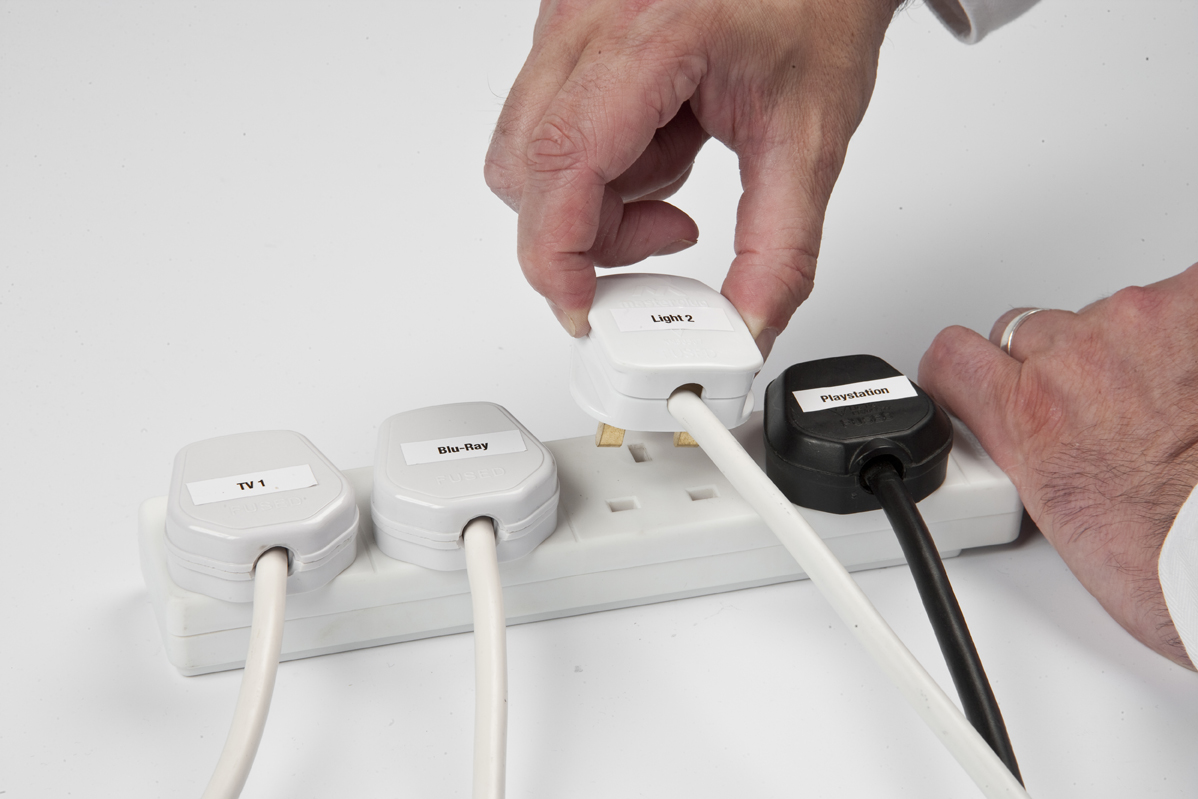To take care and check the electrical installation in our home or business is something we should not forget since we already know the danger of electricity. In addition to making sure that we have the right power contracted for our electrical equipment, it is very important to pay close attention to the care of the plug (เต้าเสียบ ปลั๊กไฟ, which is the term in Thai) and cables. If we use them and keep them in perfect condition, they will last much longer and will not cause us problems. Many of the recommendations are common sense and logical, but we know that they are not always carried out:
- Unplug the devices by holding the plug and not pulling the cable at a distance.
- Prevent the cables from being strained as this force gradually deteriorates the plug.
- Ensure that we do not place heat sources near our plugs as they would not only damage the outer shell but could cause more severe consequences.
- Use strips to connect several devices in the same socket that can be turned on and off whenever we want.
- Disconnect the power for any arrangement or manipulation of plugs and cables.
- Replace damaged plugs and cables.
- Avoid the abusive use of multiple pins or thieves because they can cause overloads or heating.
Caution With The Plugs
To make any arrangement or manipulation of a cable or 3 socket plug (เต้าเสียบ เต้ารับ, which is the term in Thai), the power must be disconnected beforehand; and when you clean or handle any electrical appliance, always remember to unplug it beforehand.
Never touch plugs, electrical devices with wet hands, or when you are barefoot or with wet feet. In the bathroom, especially, you have to be especially careful and follow this advice carefully. You should also avoid making connections in multiple plugs; it is preferable to use a plug for each application. Make sure you’re using reliant energy in Midland Texas, so you won’t get a hefty power bill in case your plugs get damaged.








